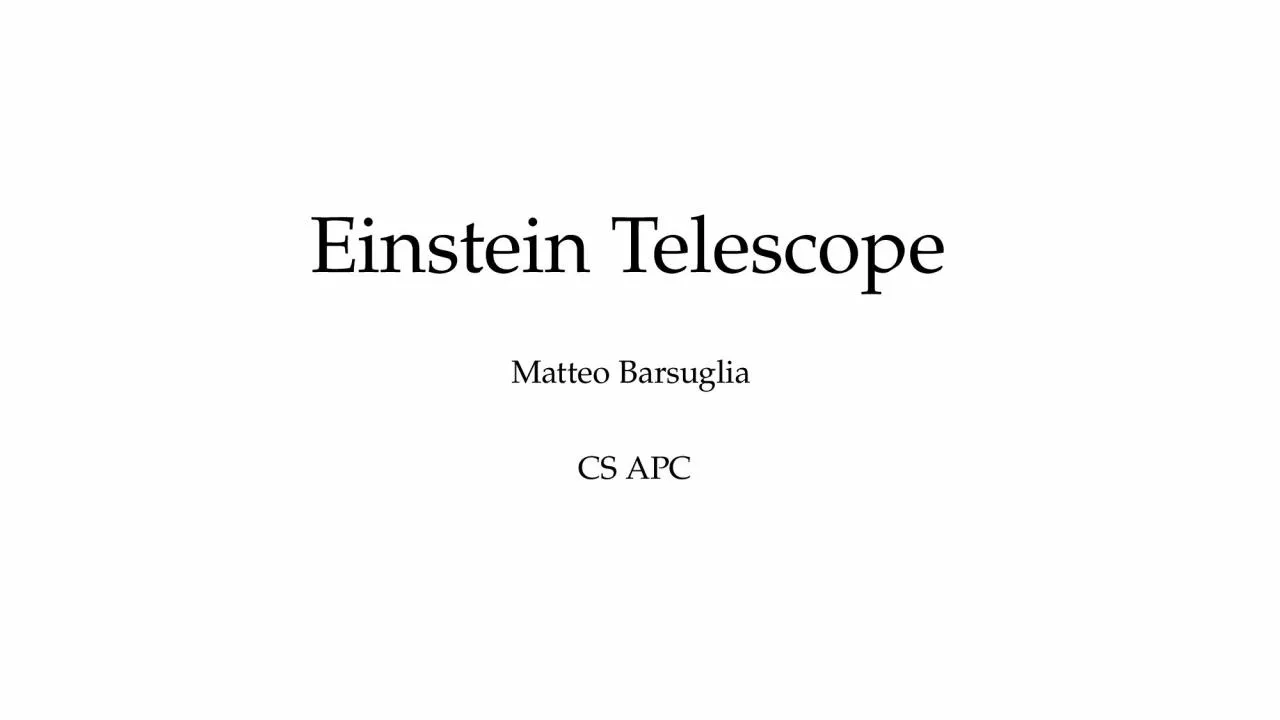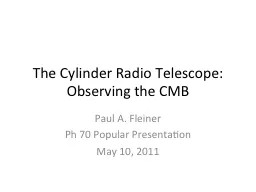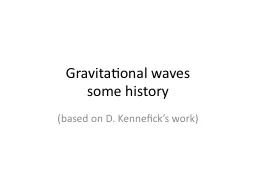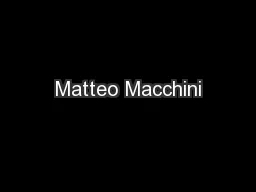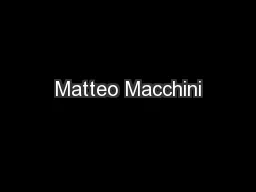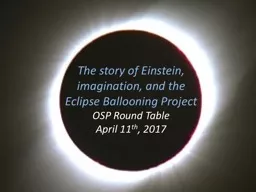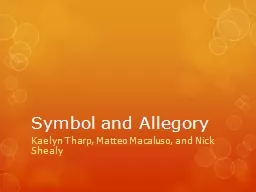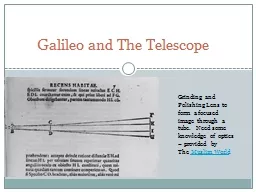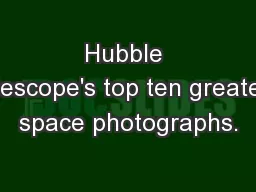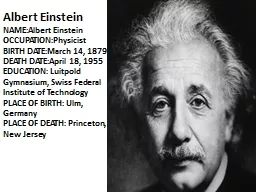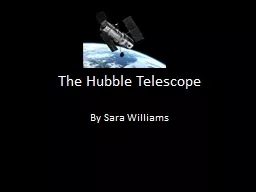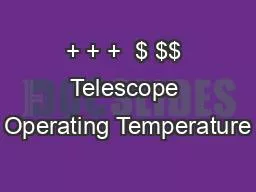PPT-Einstein Telescope Matteo Barsuglia
Author : daniella | Published Date : 2024-01-03
CS APC Virgo and LIGO in the next decade Data takings alternated to upgrades pushing current infrastructure to limits Program until 2030 CS APC 2 Einstein
Presentation Embed Code
Download Presentation
Download Presentation The PPT/PDF document "Einstein Telescope Matteo Barsuglia" is the property of its rightful owner. Permission is granted to download and print the materials on this website for personal, non-commercial use only, and to display it on your personal computer provided you do not modify the materials and that you retain all copyright notices contained in the materials. By downloading content from our website, you accept the terms of this agreement.
Einstein Telescope Matteo Barsuglia: Transcript
Download Rules Of Document
"Einstein Telescope Matteo Barsuglia"The content belongs to its owner. You may download and print it for personal use, without modification, and keep all copyright notices. By downloading, you agree to these terms.
Related Documents

